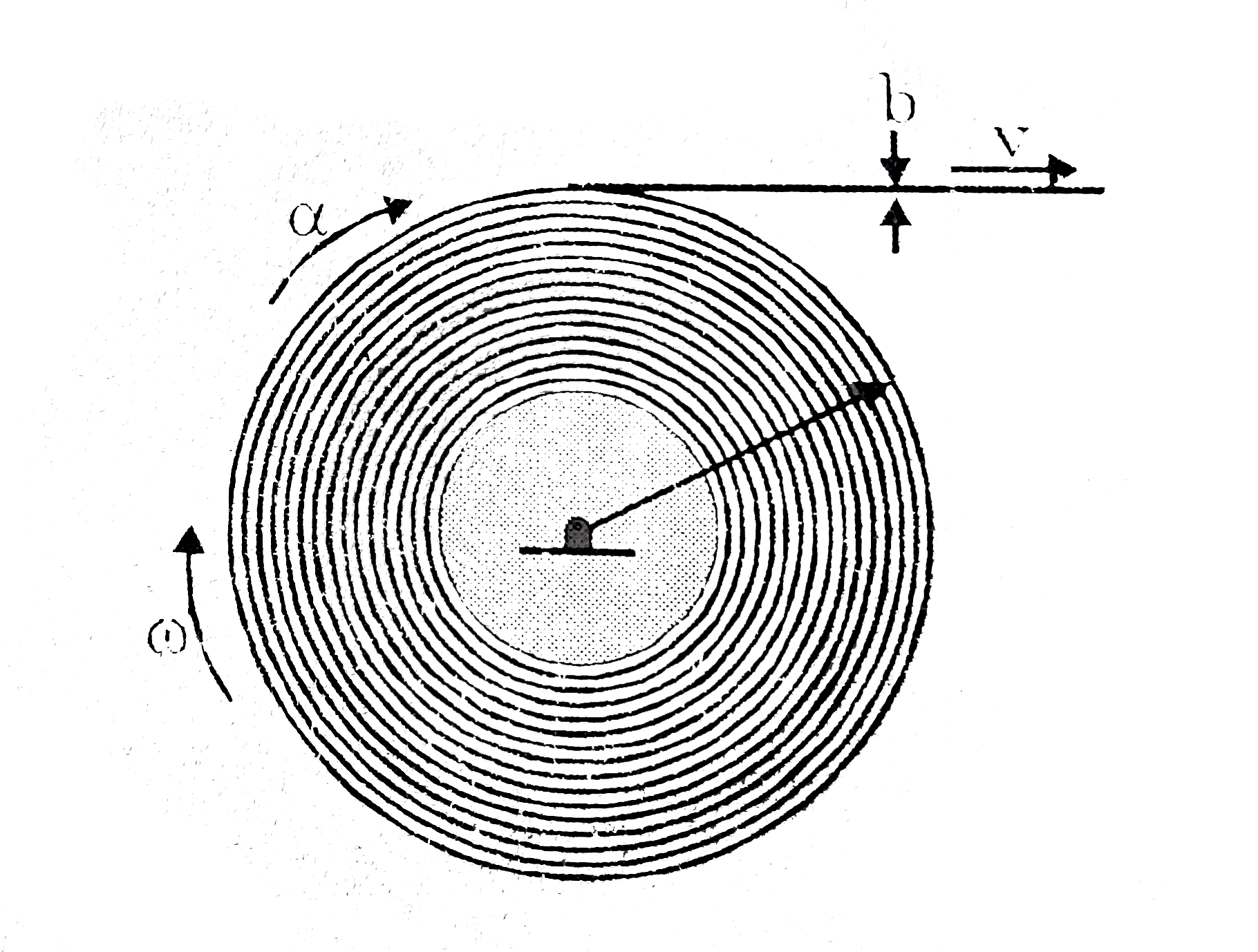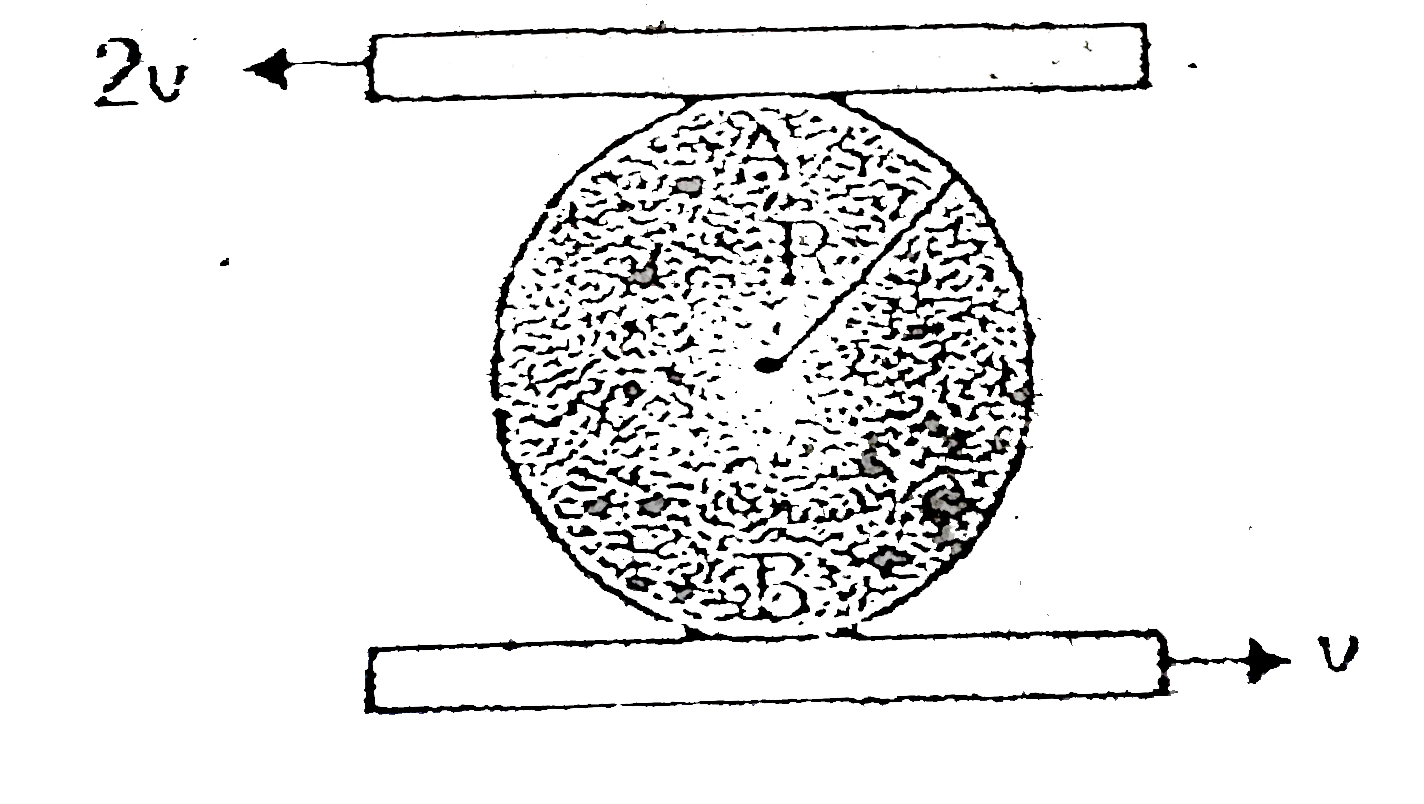In a continuous printing process, paper is drawn into the press at a constant speed v. Denoting by 'r' the radius of the paper roll at any given time and by 'b' the thickness of the paper, what is the angular acceleration of the paper roll.?

Step by step video & image solution for In a continuous printing process, paper is drawn into the press at a constant speed v. Denoting by 'r' the radius of the paper roll at any given time and by 'b' the thickness of the paper, what is the angular acceleration of the paper roll.? by Physics experts to help you in doubts & scoring excellent marks in Class 12 exams.
Updated on:21/07/2023Similar Questions
Knowledge Check
A particle moves with constant speed v along a circular path of radius r and completes the circle in time T. The acceleration of the particle is
A2πv/TB2πr/TC2πr2/TD2πv2/TDensity of the material of a paper is given a 0.5 g cm−3. The mass of the paper is 1 g and its length and breadth are 10 c and 5 cm, respectively. Arrange the following steps in a sequence to find the thickness of the paper.
(A). The 0thickness of the paper is Volume of the paper (m)Vlume of the paper (V)
(B) The density (d) of the material of the paper is =Mass of the paper (m)volume of the paper (V)
(C). then the volume (V) o the paper
=Mass of the paper (m)Density (d) of the paper
(D). The volume (V) of the paper is=length×breadth×thickness of the paper.AABCDBBADCCABDCDBCDAA particle moves in circle of radius R with a constant speed v. Then, find the magnitude of average
acceleration during a time interval πR2v.A3√2V2/πRB2√2V2/πRC3V2/πRD2V2/πR
A rectangular sheet of paper 44cm×18cm is rolled along its length and a cylinder is formed. Find the radius of the cylinder.
View SolutionA rectangular sheat of paper 44cm x 18cm is rolled along its length and a cylinder is formed. Find the radius of the cylinder.
View SolutionA rectangular sheet of paper, ABCD has AD=1cmandAB=rcm, where 1<r<2. The paper is folded along a line through A so that the edge AD falls onto the edge AB. Whithout unfolding, the paper is folded again along a line thruogh B so that edge CB also lies on AB. the result is a triangular piece of paper. A region of the triangle is four sheets thich. In terms of r, what is the area of this regions?
View SolutionA disc of the radius R is confined to roll without slipping at A and B. If the plates have the velocities v and 2v as shown, the angular velocity of the disc is

View SolutionA sphere of mass M rolls without slipping on rough surface with centre of mass has constant speed v0. If mass of the sphere is m and its radius be R, then the angular momentum of the sphere about the point of contact is.
View Solution
